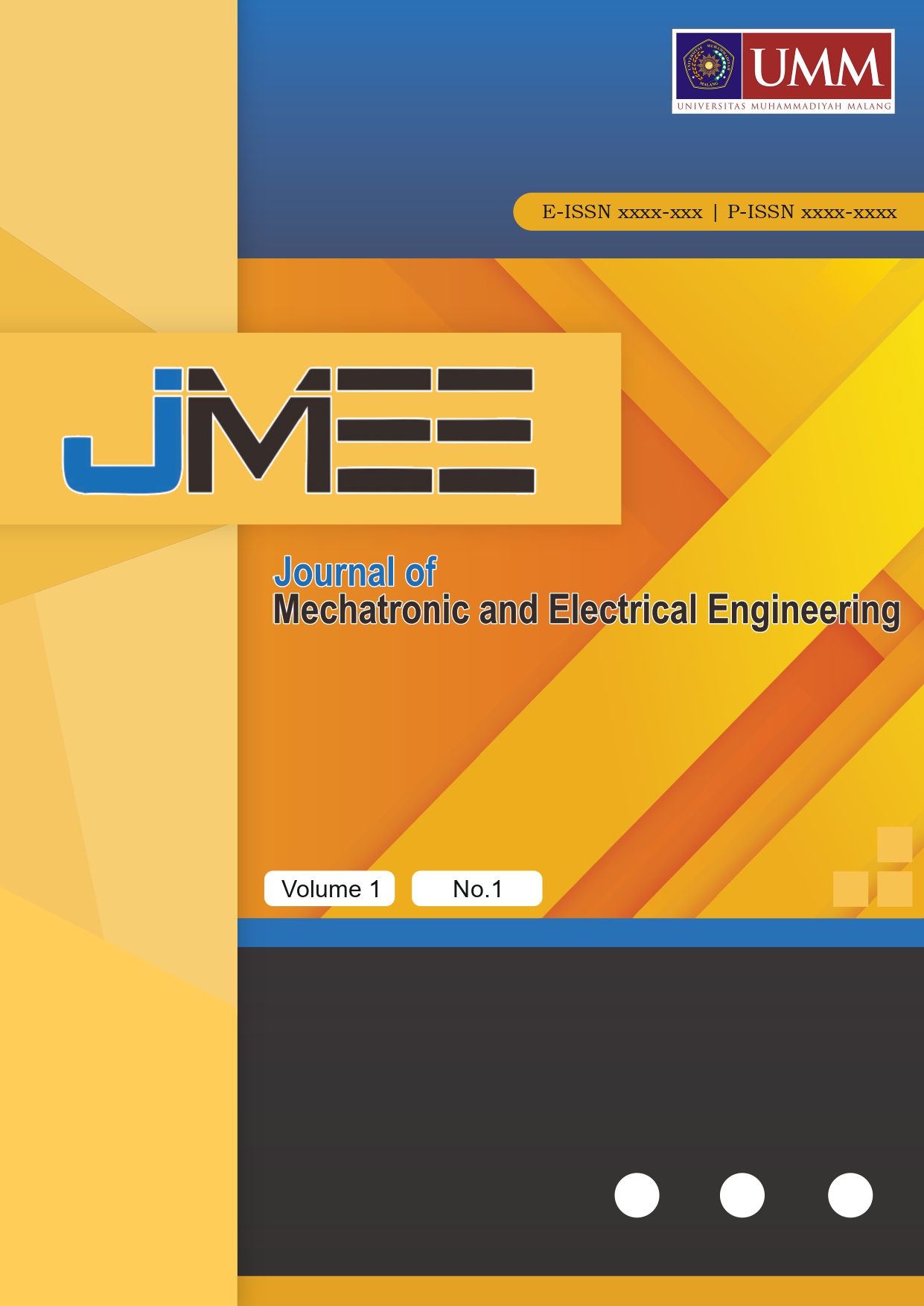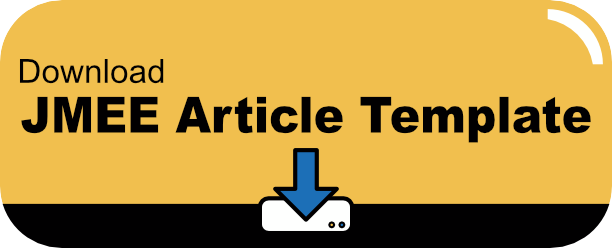Perancangan Sistem Pengendalian Drone Autonomous Quadcopter Dengan Smartphone Berbasis Android
Keywords:
UAV, Autonomus Tracking, Drone, AndroidAbstract
An Unmanned Aerial Vehicle (UAV) is an unmanned aircraft that can fly autonomously. Autonomous system in a drone quadcopter can minimize user control. An autonomous mode enables the drone to operate automatically based on the previously created setting, although the remote is off. One type of UAV that is still developed is the drone. This research used a drone quadcopter type with 4 propellers synchronized with a configured frame in (X) shape. The previous drone research used google maps and flew autonomously according to the waypoint directed by an android controller application, next, the drone flight command was manual by using a putty application on a laptop. Since, the previous research should be improved, therefore, in this research, the drone used android-based control complete with a tracking feature. Because, android enables the use of computer basic code that can be distributed in open source wit an application tha supports flight controllers along with a tracking application that was a self-designed application using Internet of Things communication (IoT). IoT used in this research is an internet network that can connect electronics and virtual objects around, such as users and types of UAV like a drone. The purpose of maing the drone in this research was to ease tha user in operating and monitoring.Downloads
References
Pradana, M. G. A., Prasakti, R., Worsito, S. B., dan Fajaryati, N., “Single Propeller Drone (Singrone): Inovasi Rancang Bangun Drone Single Propeller Sebagai Wahana Pemetaan Lahan Berbasis Unmaned Aerial Vehicle (UAV),” J. Electron. Informatics, Vocat. Educ., vol. 1, no. November, pp. 1–6, 2016.
Hamdani, C. N., Rusdhianto, E. A. K., dan Iskandar, E., “Perancangan Autonomous Landing pada Quadcopter Menggunakan Behavior-Based Intelligent Fuzzy Control,” J. Tek. POMITS, vol. 2, no. 2, pp. 63–68, 2013.
Latif, M., dan Hairil, B.,“Perancangan Sistem Autonomous Quadcopter,” Progr. Stud. Mekatronika, no. November, pp. 1–5, 2014.
Zulkarnain, T., Susanto, E., dan Wibowo, A. S., “Perancangan Dan Implementasi Autonomous Quadcopter Dengan Kemampuan Follow Me Yang Terintegrasi Pada Android,” e-Proceeding Eng., vol. 3, no. 2, pp. 1336–1343, 2016.
Nathanael, R., Widodo, S., Santoso, P., dan Khoswanto, H., “Aplikasi Android Untuk Remote Control Quadcopter,” J. Dimens. Tek. Elektro, vol. 1, no. 1, pp. 7–11, 2013.
Pranata, A., Zhulfatman, dan Alif, N., “Perancangan Sistem Pengendalian Drone Quadcopter Secara Autonomous Berbasis Aplikasi Android,” Artik. Ilm. Tek. Elektro, vol. xx, no. xx, pp. 103–113, 2018.
Turoha, D. H., Zhulfatman, dan Alif, N., “Perancangan Dan Implementasi Obstacles Collision Avoidance Pada Drone Quadcopter Menggunakan Fuzzy Logic Control,” AITEL Artik. Ilm. Tek. Elektro, 2018.
Purnomo, I. D., Murti, M. A., dan Susanto, E., “Rancang Bangun Aplikasi Networked Control System (Ncs) Pada Unmanned Aerial Vehicle (Uav) Quadcopter Untuk Kontrol Kestabilan Posisi,” e-Proceeding Eng., vol. 2, no. 3, pp. 6919–6926, 2015.
Deta, G. U. H., Kumalasari, E., dan Hamzah, A., “Aplikasi Mobile E-Voting Studi Kasus Di-Institute For Research And Empowerment (IRE) Yogyakarta Berbasis Android,” J. Scr., vol. 3, no. 2, pp. 79–92, 2016.
Kusumaningrum, A., Pujiastuti, A., dan Zeny, M., “Pemanfaatan Internet Of Things Pada Kendali Lampu,” vol. 6, no. 1, pp. 53–59, 2015.
Downloads
Published
How to Cite
Issue
Section
License
Copyright (c) 2021 Journal of Mechatronic and Electrical Engineering

This work is licensed under a Creative Commons Attribution-ShareAlike 4.0 International License.
Authors who publish with Journal of Mechatronic and Electrical Engineering (JMEE) agree to the following terms:
- For all articles published in JMEE, copyright is retained by the authors. Authors give permission to the publisher to announce the work with conditions. When the manuscript is accepted for publication, the authors agree to automatic transfer of the publishing right to the publisher.
- Authors retain copyright and grant the journal right of first publication with the work simultaneously licensed under a Creative Commons Attribution-ShareAlike 4.0 International License that allows others to share the work with an acknowledgment of the work's authorship and initial publication in this journal.
- Authors are able to enter into separate, additional contractual arrangements for the non-exclusive distribution of the journal's published version of the work (e.g., post it to an institutional repository or publish it in a book), with an acknowledgment of its initial publication in this journal.
- Authors are permitted and encouraged to post their work online (e.g., in institutional repositories or on their website) prior to and during the submission process, as it can lead to productive exchanges, as well as earlier and greater citation of published work (See The Effect of Open Access).

This work is licensed under a Creative Commons Attribution-ShareAlike 4.0 International License.







